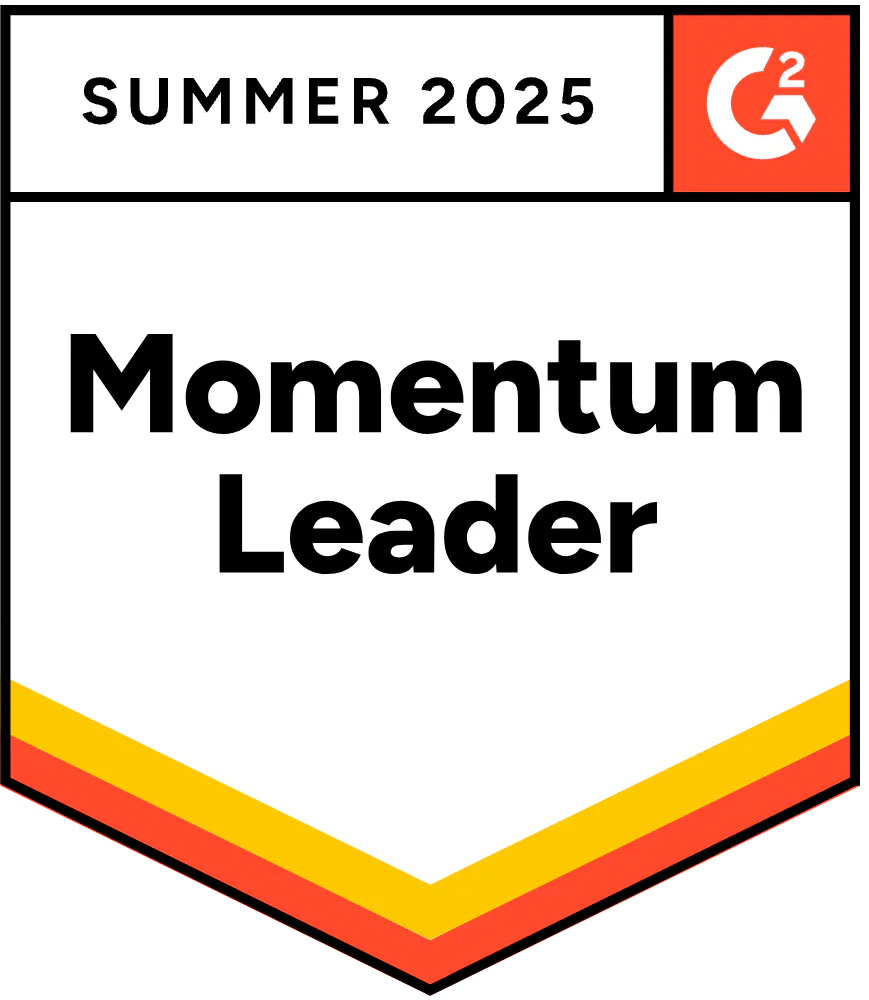Seven Attributes of a Highly Effective CMMS

Investing in a computerized maintenance management system (CMMS) is no small feat for a company. While these systems are a necessity in today's wider world of maintenance, it’s hard to find the right one for your needs. This problem is exacerbated because most CMMS software hasn't proved to be effective.
It's important to know that these systems aren't necessarily bad; they simply aren't providing information that the company needs to optimize its new asset. How can companies find and leverage the best CMMS for their needs, and what work should they expect to put into it?
In order to answer these questions, let’s examine in detail what makes a highly effective CMMS, and how companies can measure effectiveness when making their selection decisions.
What Makes a Highly Effective CMMS?
The purpose of a CMMS is to track, organize, and diagnose asset needs. When it's properly implemented and used, this creates higher uptime, streamlined processes, and overall increased facility production.
On the other hand, when CMMS systems are not implemented correctly, facilities struggle, production lags, and employee frustrations rise. The system may be scrapped and older, ineffective systems may take its place, leading to a spiral of unproductivity.
Sadly, most systems are not effective. They fail at one or more of the three basics required of them. Whether it's tracking, organizing, and/or diagnosing, every day that a company runs an unoptimized CMMS system, they lose money, time, and resources.
The best CMMS system:
- Is user-friendly.
- Is arranged so that all functions in the CMMS are dependent on each other.
- Provides CMMS success requirements.
- Manages company asset health.
- Has defined roles for all staff.
- Supports maintenance process mapping.
- Creates maintenance management dashboards.
What do these seven attributes look like in practice? How can they be implemented? How many people do they need to be true for? Do employees need special training on the system, or will the system automatically accommodate the company?
Let's take a look at each of these seven points and what they look like in the real world of facilities and employees.
The Seven Attributes, in Detail
1. User-Friendly
First of all, a highly effective CMMS must be user-friendly. While some training may be required, a CMMS that no one can use is highly ineffective. That being said, the system will not be able to be used by all employees. It's too large and holds too much information to be a common tool. So, what's the balance?
The balance is that a facility CMMS needs to be user-friendly to the employees who must use it on a regular basis. This can include, but is not limited to:
- Managers of different departments and areas.
- Supervisors.
- Parts employees.
- Other trained personnel who will work with the system on a regular basis.
When your user specifications are clear and employees are trained, then you're well on your way to a user-friendly system.
2. All Functions in the CMMS Are Dependent on Each Other
A CMMS is focused on assets. Every function of the system works with the assets within the system. In order to provide a coherent and clear assessment of any given asset, these functions must all work together.
Once you put your assets into the system, it goes to work. This is why it’s so important for the system to be user-friendly. If a mistake is made at the beginning of the process, it will follow the asset throughout the system and create confusion in the system and facility.
3. Clear CMMS Success Requirements
A CMMS is expensive, and companies naturally want to see what kind of return on investment they'll receive from it. In addition, if the system doesn't know what success looks like, it opens the door for all kinds of misunderstandings. That's why clear CMMS success requirements are a must in any effective system.
World-class maintenance systems are much cheaper to run than many companies believe them to be. Clear success benchmarks prove their effectiveness and worth when a CMMS is called into question.
4. The System Manages Your Asset Health
Preventive maintenance is critical to long-term success and asset health. However, it can be one of the most time-consuming forms of maintenance in a facility due to its advanced level and requirements. Your CMMS should be able to come alongside your preventive maintenance strategy and, as a direct result, manage asset health throughout your facility. For example, a highly effective CMMS gathers information on your assets constantly. This is one of the major steps to a quality preventive maintenance program.
Asset health and management is also critical to the overall health of the company. When properly optimized, your CMMS can take on the main burden of these tasks, freeing employees, management, and systems from asset management roles.
5. Management Defines Roles for All Staff
A highly effective CMMS is not meant to be used by every employee. Even the most user-friendly systems need extensive user training in order to leverage the tool. In order to maximize efficiency, facility management needs to define roles for all their staff.
This seems simple, but it can be the difference between chaos and order. When roles are not clearly defined, it creates confusion and stress for almost every employee.
In addition, when roles are not clearly defined, data is much more easily corrupted. If bad data is entered into the system, it will produce inaccurate responses. This leads to incorrect information being spread throughout the system.
6. Supports Maintenance Process Mapping
All maintenance processes should be mapped, and your CMMS should be able to support this function. Since the system already has a record of all your assets, and a steady stream of data from those assets, it's in a unique position to support your process mapping in order to create the most efficient and effective day-to-day processes.
If your system is incapable of this or is struggling to support process mapping, consider checking the input data and success requirements that you have set in place.
Another way to think about maintenance process mapping is as maintenance scheduling. This is especially effective if many of the existing processes work well and need little to no changes. In these cases, a CMMS may show gaps, redundancies, and other changes that need to happen in the larger scheme of things.
7. Creates Maintenance Management Dashboards
Finally, your CMMS needs to create maintenance management dashboards of some variety. You need to be able to see what's going on, and that's exactly what these dashboards should be showing.
Consider a basketball game. The onlookers, referees, and players want to be able to see what the scores are. The same is true for your facility maintenance. Some areas that dashboards can monitor include:
- Plant KPIs.
- Return on asset investment.
- Asset reliability.
- Maintenance rework.
- Emergency labor hour trends.
- PM compliance.
- And more.
Conclusion
A CMMS is a huge investment for companies and facilities. It impacts almost every aspect of the facility’s assets, asset management, preventive maintenance, and more. In order to justify the importance of such an investment, you need to be able to point to the facts and statistics that support you and the investment.
When a CMMS offers these seven attributes, you'll be on the right track to proving its worth as well as the effectiveness of the new system for you, the facility, and the employees involved.
Want to keep reading?
The Essential CMMS Implementation Guide: Best Practices and Challenges When Putting a Computerized Maintenance Management System Into Action
Why Your Maintenance Team Should Be Trained as CMMS Superusers
CMMS vs. Asset Management: A Guide to Bridging the Gap
4,000+ COMPANIES RELY ON ASSET OPERATIONS MANAGEMENT
Leading the Way to a Better Future for Maintenance and Reliability
Your asset and equipment data doesn't belong in a silo. UpKeep makes it simple to see where everything stands, all in one place. That means less guesswork and more time to focus on what matters.

![[Review Badge] Gartner Peer Insights (Dark)](https://www.datocms-assets.com/38028/1673900494-gartner-logo-dark.png?auto=compress&fm=webp&w=336)
